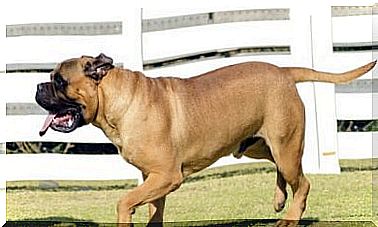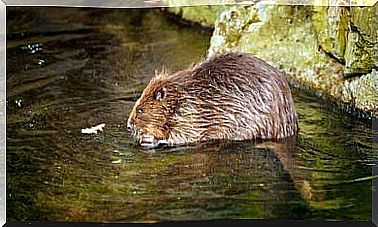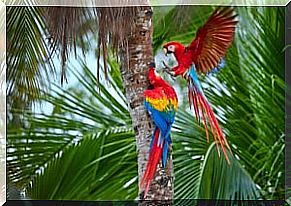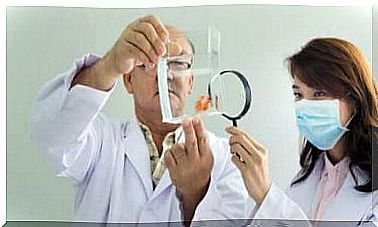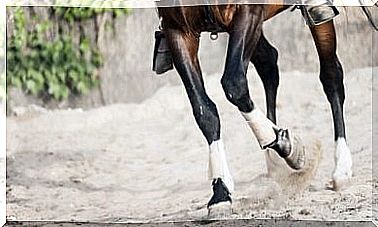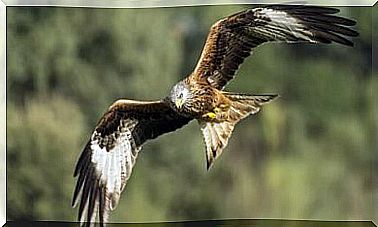The Buenos Aires Zoo Will Become An Eco-park
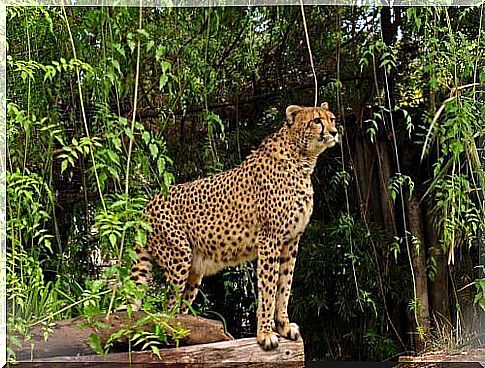
“Nothing is created, nothing is destroyed, everything is transformed” wrote Antoine de Lavoisier. And this is how the Buenos Aires zoo began its transformation path to become an eco-park. In line with the new global sentiment that requires greater respect for animal rights and the fight in defense of the environment, the capital of Argentina is also being talked about. Let’s see in detail this ambitious renovation project that will improve the life of the specimens housed so far in the zoo, helping to make the city of porteña more liveable .
A new life for animals in the zoo of the Argentine capital
Opened in 1875 in the Palermo district, the Buenos Aires zoo soon became a regular destination for citizens and tourists, eager to see exotic animals. Fortunately, the old cages where felines and other species spent their days in captivity are giving way to more comfortable environments. The old zoo will give way to a new, innovative and modern structure, in which we will try to reconstruct the natural habitat of the different animals.
But the truth is that, in any case, we are talking about beings deprived of their freedom. Many of them had to endure very different conditions from those in their home area. An example is given by the polar bear who died in 2012, in the middle of a typical Buenos Aires hot summer.
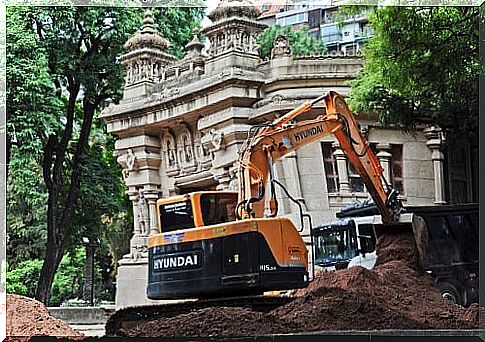
It is worth clarifying that, at the time of its inauguration, the zoo was located in a quiet area away from the city center. Today, on the contrary, it is surrounded by the insane traffic of one of the largest metropolises on the South American continent, with over three million inhabitants. Noise pollution is also a serious problem for some animals.
Goodbye zoo of Buenos Aires, welcome to the eco-park!
In September 2017, the Buenos Aires Zoo closed its doors. All this to reopen, it is assumed in two years, transformed into an Ecopark. In these 24 months the first of the three phases foreseen by the reconversion will be carried out.
There are currently about 1300 animals and the idea is that only 300 will remain. About 350 have already been moved to more appropriate locations. An elephant will soon be transferred to a protected area of Mato Grosso. Around 130 deer and antelope will be deployed to a modern wildlife farm in La Plata, capital of the province of Buenos Aires.
In the former zoo, animals will remain which, for reasons of age or health, cannot be transferred. The goal is to significantly improve their quality of life. The idea is that even in ecosystems only native species reside , with departments dedicated to the rescue, rehabilitation or breeding of endangered species. The role of the Ecopark will necessarily be didactic, for humans, and a medical-veterinary care center, for animals.
A huge city that needs more green spaces
Changes will also be made to the buildings, taking care not to disturb the animals too much. In any case, the future complex will retain as many as 52 buildings considered Historic Heritage which will be re-evaluated in order to be used for events and other purposes.

All 12 hectares will have free access with the forecast of increasing the green space by 24% and reducing the asphalted paths by 40%.
This first phase also includes works on the infrastructures for the care of the species that will inhabit the eco-park. Among these, for example, it is worth mentioning the new veterinary hospital and the room dedicated to animal nutrition.
The Buenos Aires Zoo will reopen as an eco-park in two years
Although at first someone had speculated to keep the zoo open, during the renovations, in the end the municipality of the Argentine city preferred to opt for the temporary closure. If the planned plan is respected, the new Ecopark of Buenos Aires will open its doors at the end of September 2019.
This decision hides the goal of preserving the health of the animals, which could have suffered from the noise produced by workers and machinery. It must be considered that this type of intervention is structural, that is, very deep and expensive.
Precisely in this sense, the engineers have set up a mixed working group, also made up of zoologists and psychologists, in order to plan the work without creating excessive disturbance to the guests of the now former zoo. We wait with curiosity to see the outcome of this transformation which, we hope, can be an example for the many zoos still open in Italy.
Photo source: Facebook Interactive Ecopark of Buenos Aires




